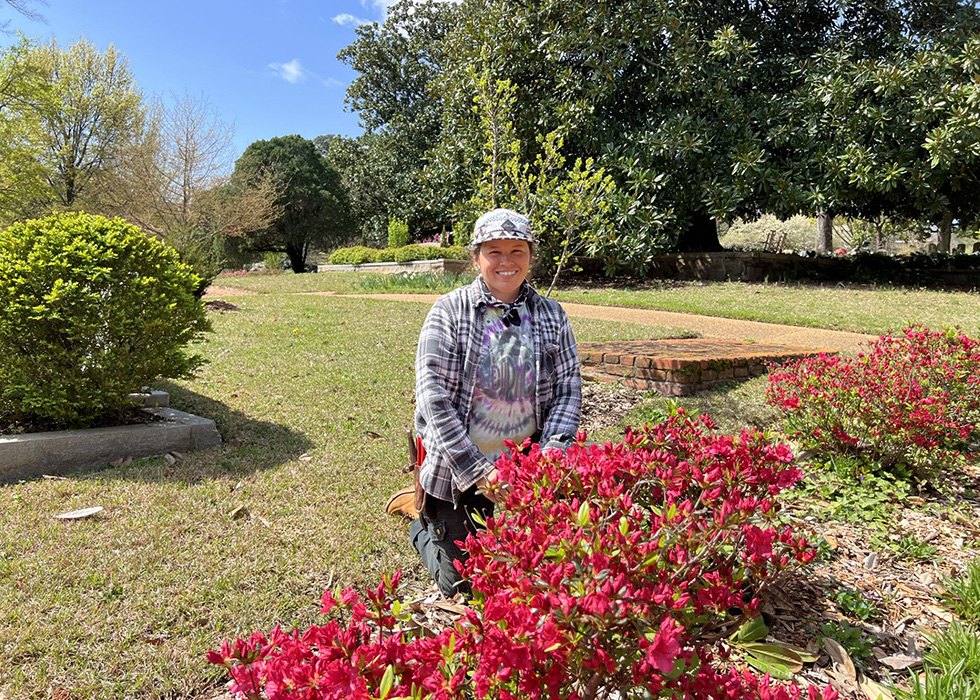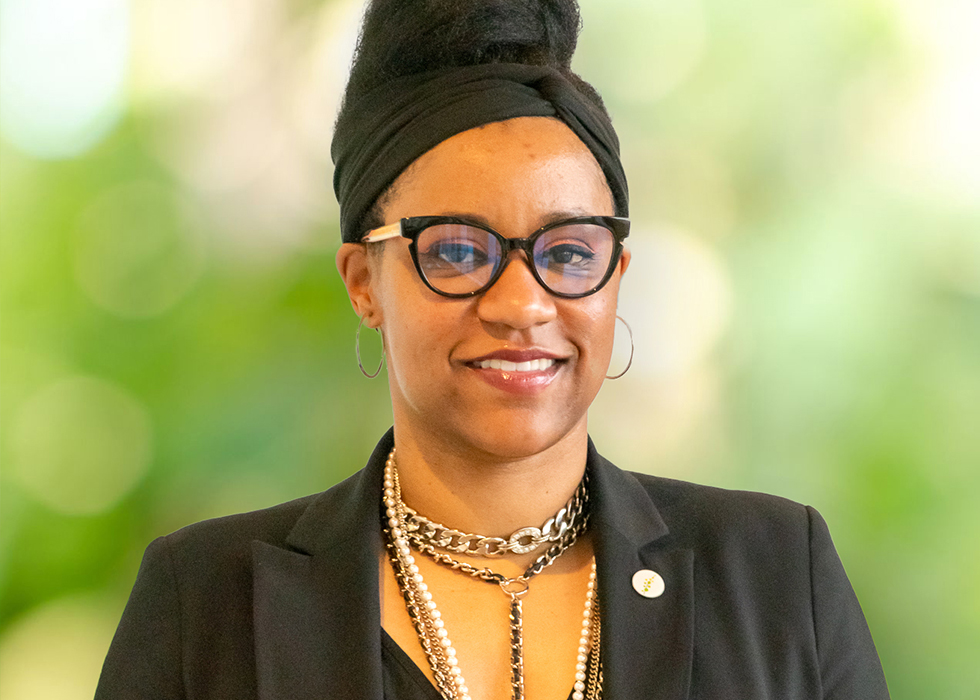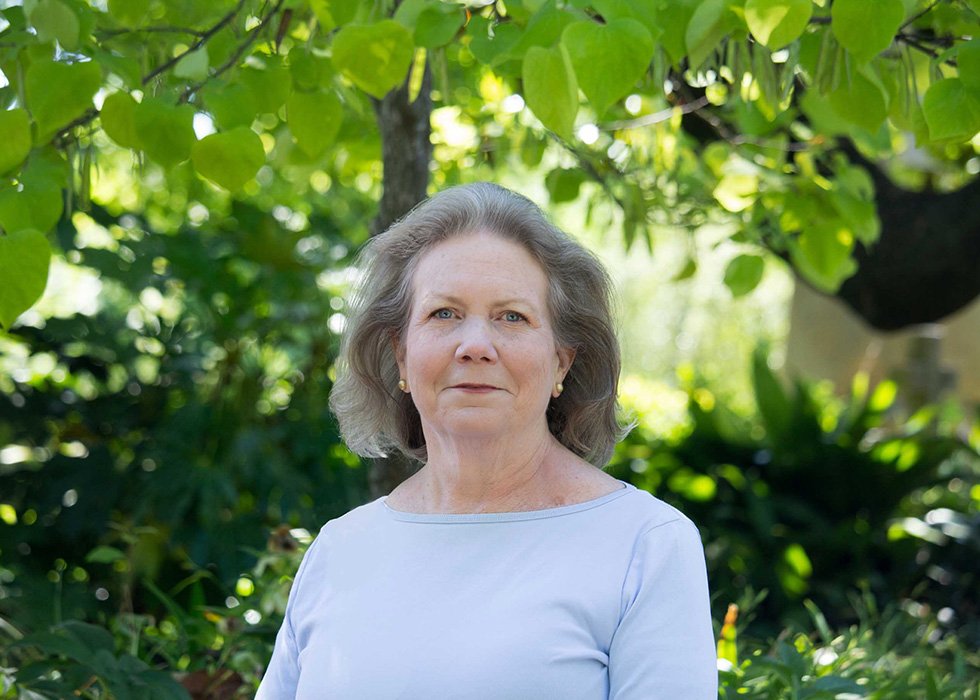
The Rise of Camellias in Southern Gardens
Camellias have bloomed in Southern gardens since the late 1700s. Native to eastern Asia, their popularity dates back many centuries for their beauty and as the source of tea. They arrived in Europe by the mid-1700s, and the earliest camellias in America are said to have been presented to Charleston’s Middleton family in 1786 by French botanist Andrè Michaux. Camellias’ popularity remained limited to coastal areas for many years as they were not believed to be hardy in cooler regions unless grown in conservatories.
Camellias were first offered in American catalogs in 1807 by Bartram Nursery of Philadelphia. However, the early offerings were largely limited to greenhouse culture. The plants were grown in large containers to be taken outside each summer and then hauled back inside for protection from the winter’s cold. Greenhouses, or hothouses as they were then called, were constructed just for this purpose and became very popular with the plant-obsessed Victorians. The term “hothouse flower” is derived from this and refers to a person who is fragile and requires protection as a result of being sheltered.
The Civil War brought much hardship, and there was little time or interest for ornamental gardening in the South. However, this interest revived as the South recovered, and camellias of all types regained their popularity. They were still believed to need winter protection, but they were moving from the listings of greenhouse suppliers to those suppliers offering more general ornamental plants. In 1885 Fruitland Nurseries of Augusta, Georgia stated “This magnificent Shrub is perfectly hardy in this latitude. A partially shady situation, especially where protected from cold winds during Winter, will give the best results. It is advisable to shelter the flower buds with a covering during very cold weather in Winter, otherwise, they may not open well.”
Greenhouses were very popular, and Oakland had what is believed to be Atlanta’s first in 1872, followed by a second in 1873. These houses likely accommodated camellias as well as many truly tropical plants. According to The Atlanta Constitution, October 31, 1873, “The first object of interest is the greenhouses, for the preservation of hot house plants during the winter season. This saves the owners the expense and trouble of taking them home. At the request of the Sexton, the City Council authorized the erection of the first hothouse. This proving inadequate, our “city fathers” this year authorized the construction of another three times as large.”
The early part of the 20th century brought increased interest in camellias and increased acceptance of their use as hardy plants in the Atlanta area. Atlanta’s Hastings Nursery first offered them in their 1938-1939 Winter catalog, saying “Loveliest of all evergreens for the warmer sections of the South and further North with protection. Very broad, dark green leaves with gorgeous wax-like flowers in late winter.” The Azalea and Camellia Society of America, the predecessor of today’s American Camellia Society, was formed in 1932, and the first Atlanta Camellia Show was produced in 1946, by which time the camellia’s popularity was firmly entrenched.
Truly a Southern classic, we now know Camellias as very adaptable and rewarding additions to our gardens. There’s a place for at least one in every garden where their dark, shiny foliage and beautiful flowers will add beauty throughout the year.



